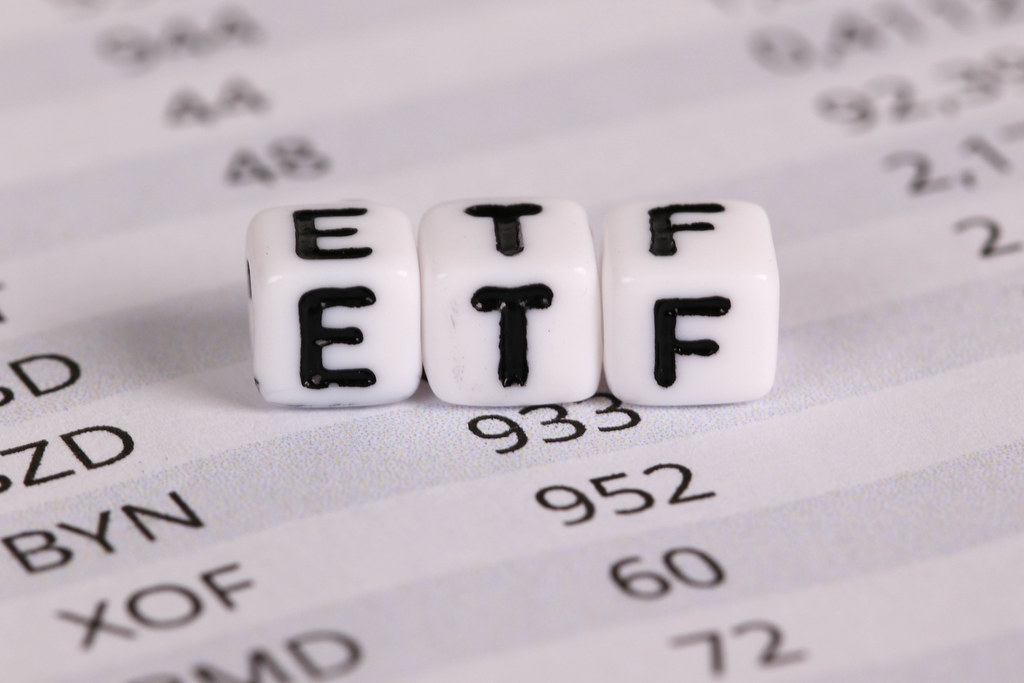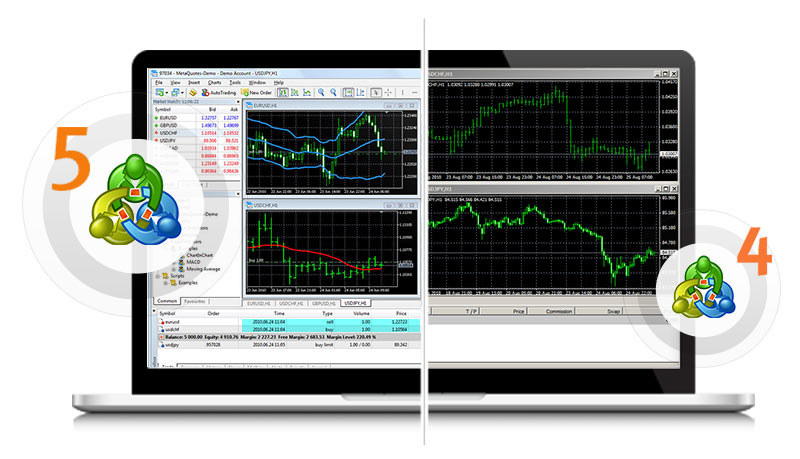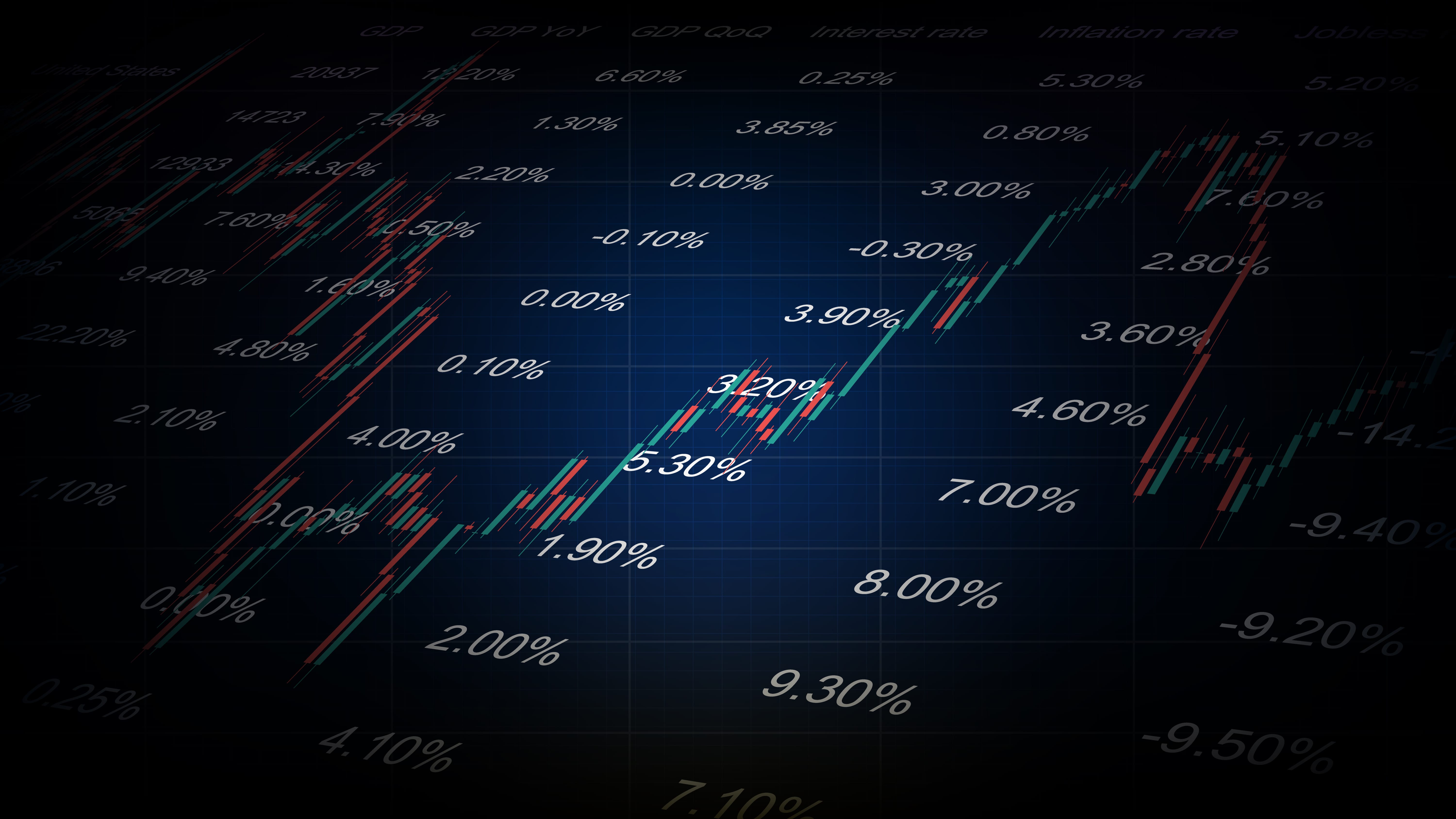The Anatomy of Trading Breakouts
Trading breakouts can be a very profitable strategy, but only if you know what you are doing. In this blog post, we will explore the anatomy of trading breakouts, including how to identify them and how to trade them profitably. Stay tuned for more tips and advice on Forex trading!
When it comes to Forex trading, breakouts are one of the most popular strategies. A breakout occurs when the price of a currency pair moves out of a defined range. This can be caused by a number of factors including economic news releases, central bank policy changes, or even simple technical analysis.
There are two main types of Forex breakout strategies:
- Range-bound breakouts
- Momentum-based breakouts
Range-bound breakouts occur when the price breaks out of a defined range. The best way to trade this type of breakout is to look for a range-bound market and then place your order just outside of the range. For example, if the EUR/USD is trading between 1.3000 and 1.3050, you would place your order just above 1.3050 or just below 1.3000.
Momentum-based breakouts occur when the price breaks out of a defined range and then continues in that direction. The best way to trade this type of breakout is to look for a momentum indicator such as the MACD or RSI and then place your order in the direction of the breakout. For example, if the EUR/USD breaks out above 1.3050 and the MACD is indicating positive momentum, you would place a buy order.
When trading Forex breakouts, it's important to remember that not all breakouts will be successful. In fact, most breakouts will fail. The key is to wait for a breakout that has the potential to be successful and then take your profits when the price starts to move in your favor.
If you're looking for an easy way to trade Forex breakouts, consider using a Forex robot. Forex robots are automated trading software that can help you place orders, monitor the market, and even take profits automatically. Using a Forex robot can take a lot of the guesswork out of trading breakouts and can help you make consistent profits.
How do you successfully trade breakouts?
There are three key elements to successfully trading breakouts: entry, exit, and risk management.
Entry: The first element is timing your entry. You want to make sure you enter the trade after the breakout has occurred. The best way to do this is to wait for the price to close above or below the level of resistance or support.
Exit: The second element is exiting your trade. You want to take profits when the price retraces back to the level of resistance or support. A good rule of thumb is to take half of your position at the level of resistance or support and then move your stop loss to breakeven.
Risk Management: The third and final element is risk management. You want to make sure you protect your profits by using a stop loss. A good rule of thumb is to risk no more than 2% of your account on each trade.
By following these three key elements, you will be well on your way to successfully trading breakouts.













